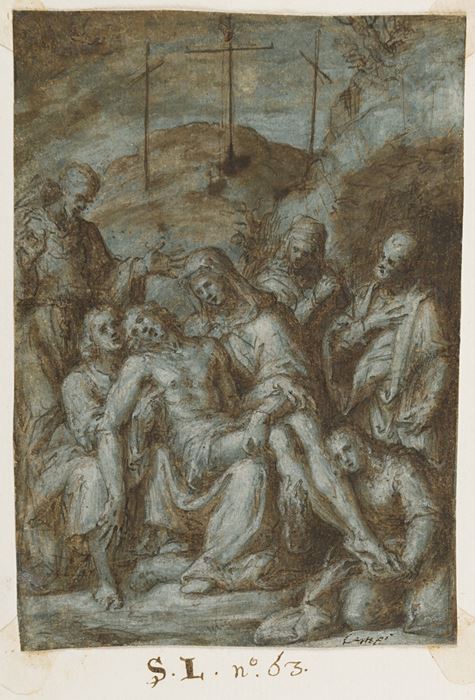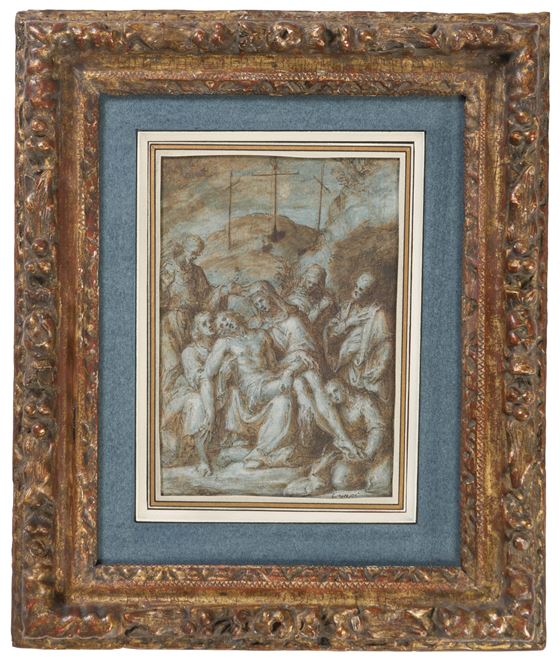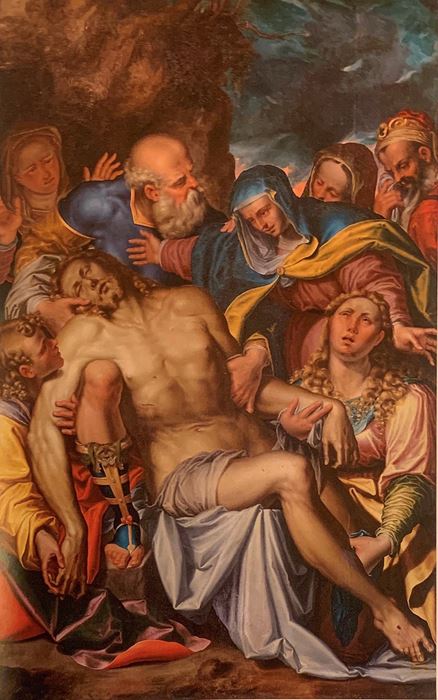Description & Technical information
This finished compositional study was first attributed to Aurelio Luini by the late Mario di Giampaolo in 2002. The scene takes place on Golgotha, or Calvary, in the tenebrous aftermath of the Crucifixion. Christ’s lifeless body is supported by the Madonna, Mary Magdalene, and Saint John the Evangelist, while Joseph of Arimathea, Nicodemus, and a holy woman have gathered around them in prayer. The drawing shows Aurelio approaching the final scheme of what was certainly to be an altarpiece. The artist has already decided upon the overall arrangement and the reciprocal interactions of the figures and here sets the scene’s emotional tone. The evident similarities with Aurelio’s altarpiece of Lamentation over the Dead Christ, painted around 1575-1580 for the church of Santi Paolo and Barnaba in Milan and still in situ there – in particular, the Saviour’s expanded torso, reclining head, and the pose of his right arm – might suggest that the artist made this drawing in preparation for that painting, before deciding to simplify the composition and reduce the number of figures. If so, it would have been followed by another, variant, modello, similar in nature to the present sheet. Alternatively, this study might have been made for a different Lamentation that has yet to surface; indeed, numerous paintings by Luini remain to be discovered.
Luini’s graphic oeuvre includes various drawings which concentrate on the iconography of the Pietà, notably a study for a Lamentation at the Foot of the Cross in the Royal Collection at Windsor Castle, and a Lamentation in the Gallerie dell’Accademia in Venice, both of which were probably made for the SS. Paolo and Barnaba Lamentation. Another stylistically and thematically comparable drawing of the Pietà by Luini, also on blue prepared paper, appeared at auction in 1993 and is today in the Museo Soumaya (Fundación Carlos Slim) in Mexico City; that drawing focuses on the Mater Dolorosa theme and includes only the mourning Virgin and the Dead Christ.
The present sheet is striking for its bold painterly effects. Aurelio Luini achieved this by delineating his scheme in pen and ink and then superimposing subtle layers of brush and brown wash. The use of blue prepared paper, which is typical of the artist’s mature work, emphasises the atmospheric effect of the sacred event and recalls Aurelio’s penchant for Venetian art, the influence of which is very clear in the SS. Paolo and Barnaba Lamentation. Other drawings by Luini on similarly prepared blue paper are in the J. Paul Getty Museum in Los Angeles and the Accademia in Venice.
This splendid drawing was once part of what was arguably the finest collection of drawings assembled in Venice in the early 18th century, that of Zaccaria Sagredo (1653-1729). The collection amounted to several thousand drawings contained in over fifty albums, and the present sheet retains the four corner tabs with which each drawing was attached to its album page, together with the associated numbering and inscription - in this case ‘S.L.’, for ‘Scuola Lombarda’ – that was written on every sheet in the Sagredo collection.
Although the collection had been begun by his uncle, Doge Niccolò Sagredo, in the middle of the 17th century, it was the Venetian nobleman Zaccaria Sagredo who was responsible for greatly expanding it. As Roger Rearick has noted, ‘Zaccaria was the most voracious of the Sagredo collectors, purchasing numerous drawings from every school and period, and making the Sagredo collection one of the most distinguished and certainly among the largest cabinets in Italy prior to his death in 1729.’ Zaccaria bequeathed the collection to his nephew and heir, Gherardo Sagredo (1692-1738). At the latter’s death in 1738, an inventory of the collection noted some 8,000 drawings, as well as more than 22,000 prints. Gherardo’s widow, Cecilia Grimani Sagredo (b.1686), tried to sell the collection en bloc but was only able to dispose of parts of it, while the rest was inherited by her two daughters. At some point in the late 18th or early 19th century some of the Sagredo drawings were acquired by a collector in Lyon, possibly the artist Jean-Jacques de Boissieu (1736-1810). The present sheet is likely to have been among the large group of drawings from the Sagredo collection that were dispersed in Lyon just after the First World War.
Medium: Pen and brown ink and brown wash, heightened with white, on paper washed blue
Signature: Inscribed Campi at the lower right.
Further inscribed S.L. no. 88 on the backing sheet, and S.L. no. 63. in the lower margin of the album page to which the drawing is attached by four corner tabs.
Dimensions: -0.01 cm (-1 inches)
Provenance: From the so-called ‘Sagredo-Borghese’ collection, with associated inscriptions S.L. no. 63 and S.L. no. 88 (for ‘Scuola Lombarda’), and with provenance as follows:
Zaccaria Sagredo, Venice (Lugt 2103a)
By descent to his nephew, Gherardo Sagredo, Venice
His widow, Cecilia Grimani Sagredo
Thence by descent
Dispersed in a series of sales after 1743
Probably Jean-Jacques de Boissieu, Lyon
Probably dispersed with some of the Sagredo albums in Lyon in 1919
Thomas Williams Fine Art, London, in 2002
Herbert Kasper, New York
Thence by descent.
Literature: Jordan Bear et al, Mannerism and Modernism: The Kasper Collection of Drawings and Photographs, exhibition catalogue, New York, 2011, pp.66-67, no.17 (entry by Aimee Ng).
Exhibitions: London, Thomas Williams Fine Art Ltd., Old Master Drawings, 2002, no.2; New York, The Morgan Library and Museum, Mannerism and Modernism: The Kasper Collection of Drawings and Photographs, no.17.
Categories: Paintings, Drawings & Prints
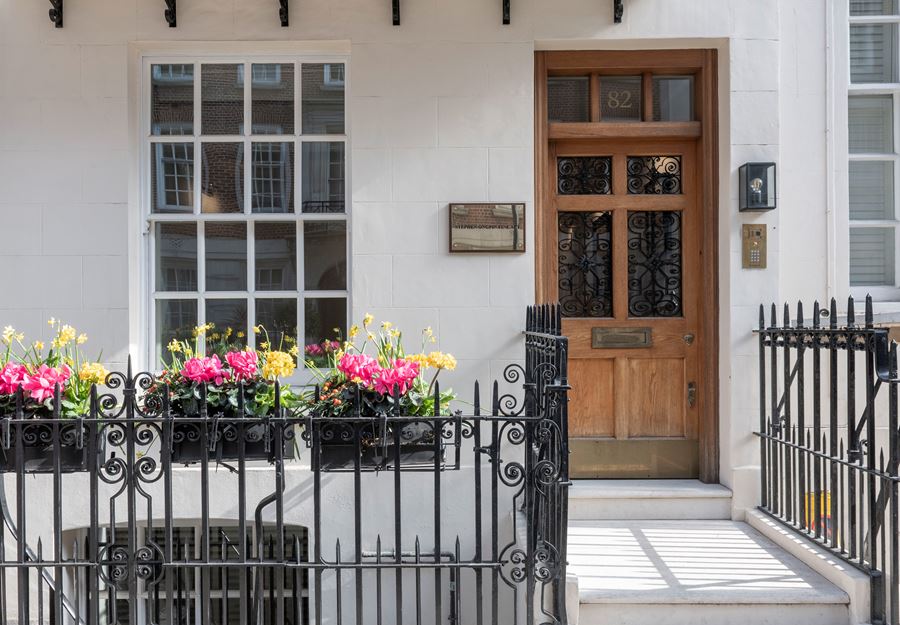
Discover the gallery
Stephen Ongpin Fine Art
Old Master, 19th Century and Modern Drawings, Watercolours and Oil Sketches
More Works From This Gallery
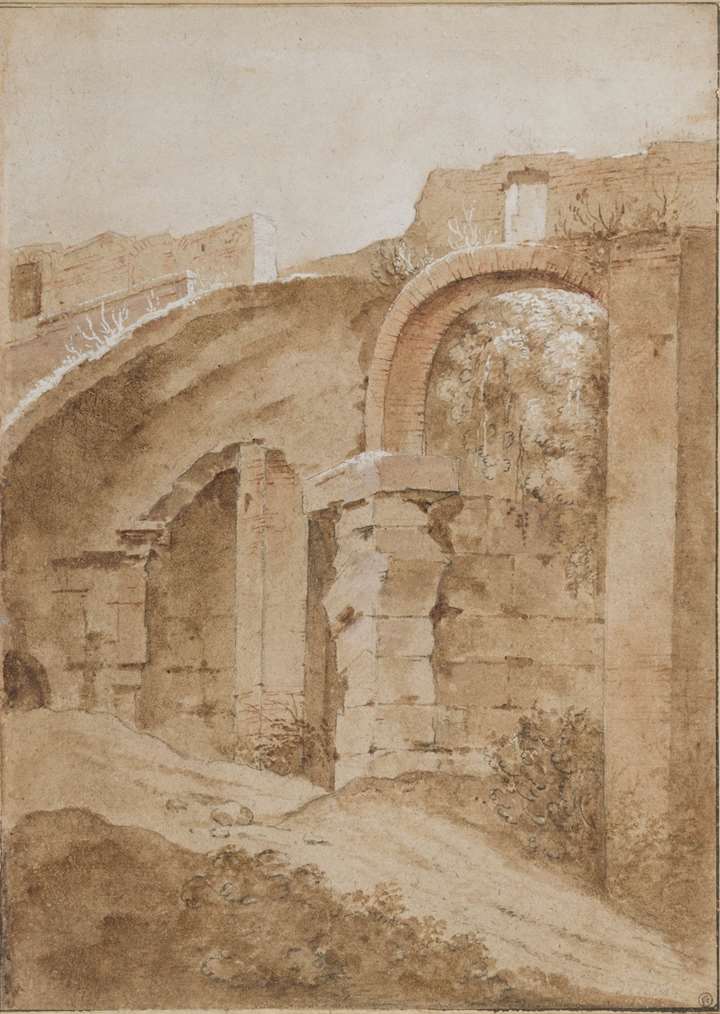
Stephen Ongpin Fine Art
The Interior of the Colosseum, Rome
Etienne JEAURAT (Vermenton, 1699 - Versailles, 1789)
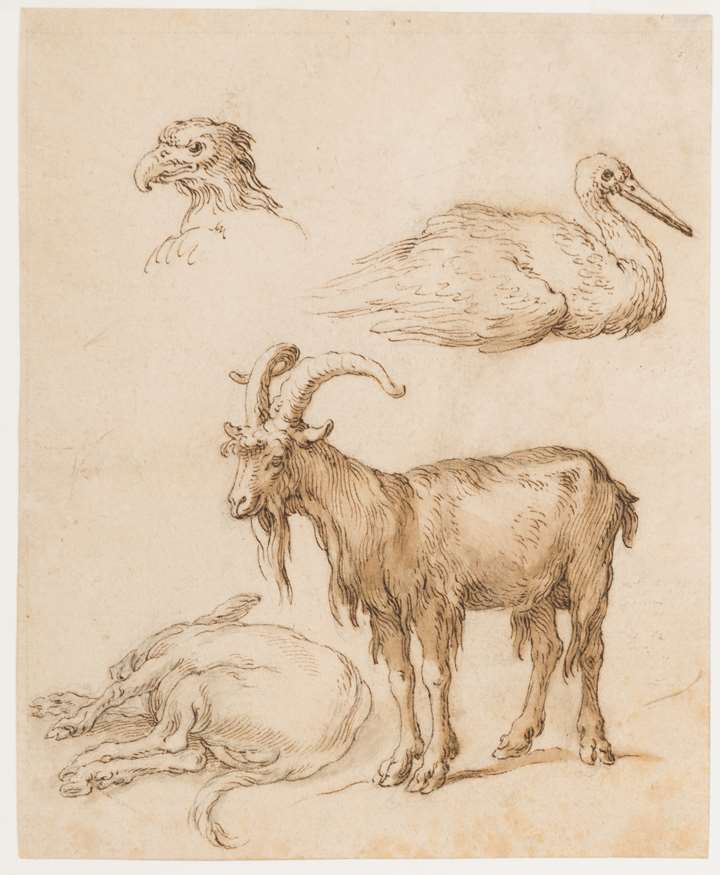
Stephen Ongpin Fine Art
A Sheet of Animal Studies: An Eagle, a Stork, a Goat and a Donkey
Abraham Bloemaert (Gorinchem, 1566 - Utrecht, 1651)
_T638203653957560297.jpg?width=720&height=1200&mode=max&quality=60)
Stephen Ongpin Fine Art
Title Page for Apokalyptische Landschaften (Apocalyptic Landscapes)
Hermann WÖHLER (Hanover, 1897 - Hanover, 1961)
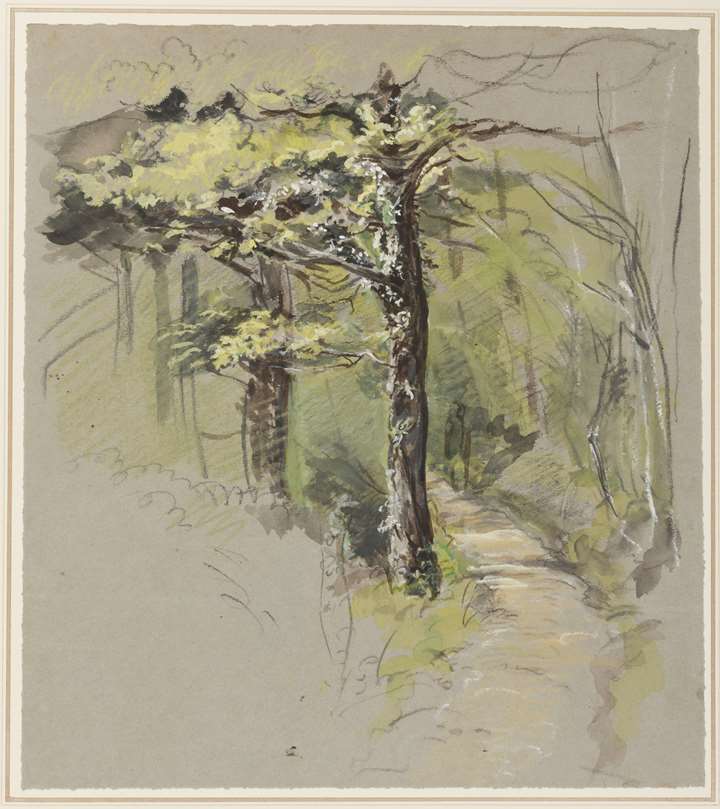
Stephen Ongpin Fine Art
Study of Trees and a Path in a Forest
William Linnell
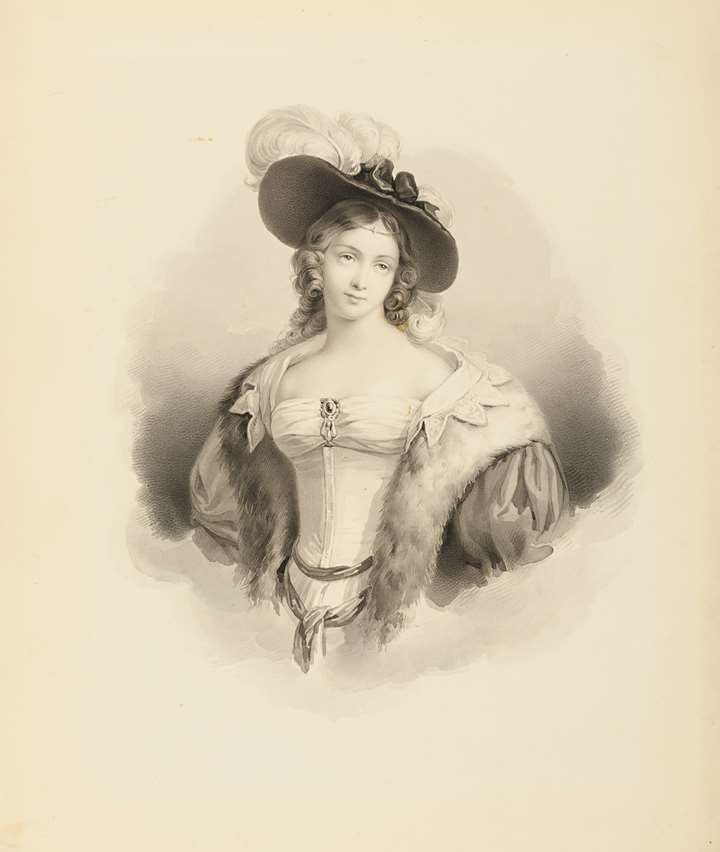
Stephen Ongpin Fine Art
An Elegantly Dressed Young Woman Wearing a Hat
Mauro GANDOLFI (Bologna, 1764 - Bologna, 1834)
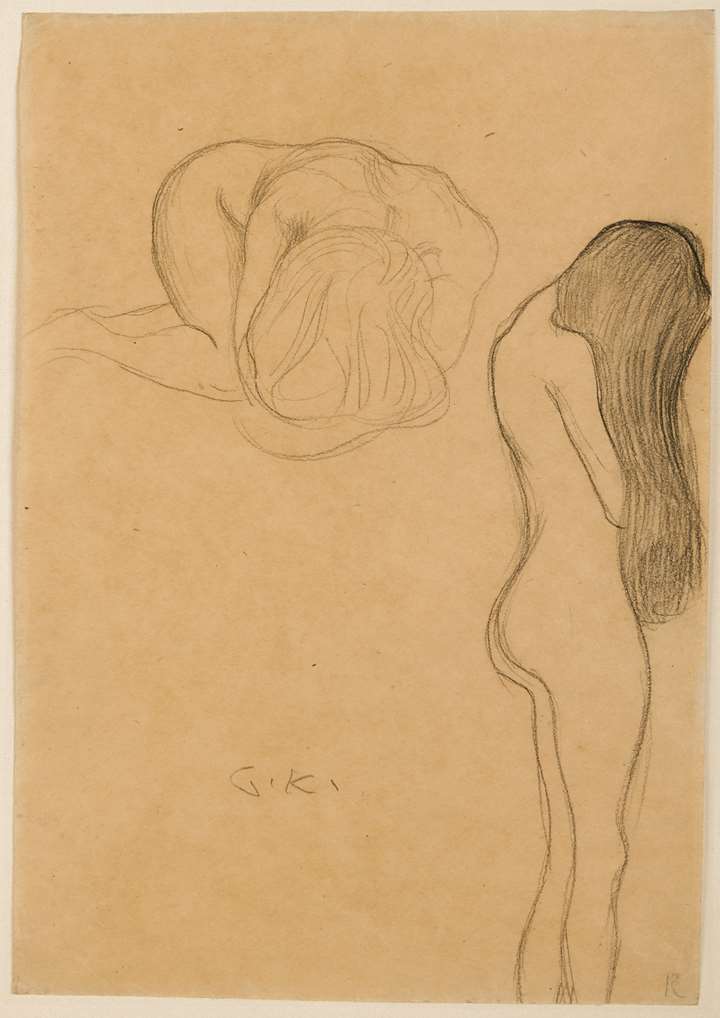
Stephen Ongpin Fine Art
Two Female Nudes
Gustav KLIMT (Vienna, 1862 - Vienna, 1918)

